In an interconnected global economy, an impactful online presence serves as a lighthouse, guiding potential clients, partners, and stakeholders to your business. Digital marketing, with its multi-faceted approach, is the powerhouse that fuels this lighthouse. But mere presence isn’t the goal; it’s meaningful engagement and visibility that matter. Here’s a deeper dive into strategies that can significantly enhance your online footprint.
Understanding Your Audience
The foundation of all effective marketing, digital or otherwise, is a deep-rooted understanding of one’s audience. While this might seem fundamental, the intricacies involved in truly comprehending audience dynamics are profound.
Segmentation and Personas: Breaking down your audience into distinct segments based on age, preferences, buying behavior, etc., isn’t just an analytical exercise. It’s about imagining real individuals, with distinct lifestyles and preferences. Crafting detailed audience personas is akin to character development in a novel, where each character has a backstory, aspirations, challenges, and goals.
Engagement and Feedback: While analytics can shed light on behavioral patterns, open dialogues can offer insights into motivations and aspirations. Conducting webinars, surveys, Q&A sessions, or even face-to-face interactions, if feasible, can provide a qualitative dimension to your audience understanding.
Adaptation: The digital audience is not static. As global trends evolve, technological innovations emerge, and cultural dynamics shift, audience preferences and behaviors morph. Regularly updating and refining your audience understanding ensures that your strategies remain ever relevant.
1. Search Engine Optimization (SEO)
SEO is often compared to magic due to its profound impact when done right. But unlike abstract magic, SEO is grounded in clear principles and strategies.
Website Infrastructure: The backbone of SEO is a well-structured, responsive, and mobile-friendly website. As mobile browsing surpasses desktop, search engines prioritize websites that offer seamless mobile experiences. A site’s loading speed, navigation structure, and UI/UX design play pivotal roles in SEO rankings.
Content and Keywords: At the heart of SEO is meaningful content. But meaningful doesn’t necessarily equate to verbose or dense. It’s about relevance. Using tools like Google’s Keyword Planner or SEMrush helps in identifying keywords that potential customers are searching for. However, mere keyword stuffing is passé. The art lies in seamlessly integrating these keywords into content that offers genuine value.
Backlinking and Domain Authority: Imagine the internet as a vast web. The stronger and more numerous your threads (backlinks) to other parts of the web (websites), the more significant and authoritative your presence becomes. Building partnerships, guest posting, and creating shareable content are strategies to garner quality backlinks.
2. Content Marketing
Content isn’t called the king without reason. It’s the voice of a brand, resonating its values, vision, and promises.
Value Proposition: Every piece of content, be it a blog post, video, infographic, or podcast, should have a clear value proposition. Are you educating the audience about a new trend? Are you offering solutions to prevalent industry challenges? Or are you merely entertaining? Clarity of purpose ensures content efficacy.
Diversification and Experimentation: The digital audience is diverse, with varied preferences. While blog posts might appeal to a segment, podcasts might resonate with another. Regularly diversifying content formats ensures wider reach and engagement.
Interactive Content: The digital space isn’t a monologue platform; it’s a space for dialogues. Interactive content, like polls, quizzes, or even interactive videos, fosters two-way communication, enhancing engagement metrics.
3. Social Media Engagement
Social media, in the truest sense, is a reflection of society’s preferences, aspirations, and conversations.
Platform Mastery: While it’s tempting to be omnipresent across all social media platforms, it’s more pragmatic to master a few. Identifying platforms that your target audience frequents and crafting platform-specific strategies often yield better ROI.
Content Calendar: Sporadic posts don’t build momentum. Creating a content calendar, which aligns with global events, industry trends, and brand milestones, ensures consistency and relevance.
Influencer Collaborations: Digital influencers are the new-age celebrities, with dedicated followers. Collaborating with influencers not only boosts reach but also enhances brand credibility.
4. Pay-per-click (PPC) Advertising
Strategic spending can amplify organic efforts, and PPC campaigns offer the perfect avenue.
Targeting and Re-targeting: The beauty of PPC campaigns lies in their precision. You can target specific audience segments based on myriad parameters. Moreover, re-targeting ensures that potential leads, who’ve previously interacted with your brand, are continually engaged.
Monitoring and Refinement: Unlike traditional advertising, digital campaigns can be refined in real-time. Regularly monitoring key metrics like click-through rates, conversion rates, and cost per conversion allows for real-time tweaks, maximizing efficacy.
5. Email Marketing
In the cacophony of digital content, the personal touch of an email stands out.
Segmentation: No one likes generic emails. Segmenting your email list based on user behavior, purchase history, or even content preferences ensures personalization, which in turn boosts open rates.
Balancing Act: While the end goal might be sales or conversions, every email can’t be promotional. Striking a balance between value-driven content, like newsletters or insights, and promotional content is crucial.
Analytics: Tools like Mailchimp or SendinBlue offer detailed analytics. Metrics like open rates, click rates, and bounce rates can provide insights, which can refine your email strategies.
Conclusion
In the expansive ocean of digital marketing, these strategies serve as navigational tools, guiding businesses towards meaningful engagements, enhanced visibility, and sustained growth. Remember, digital marketing isn’t a sprint; it’s a marathon, demanding patience, persistence, and continuous refinement.





